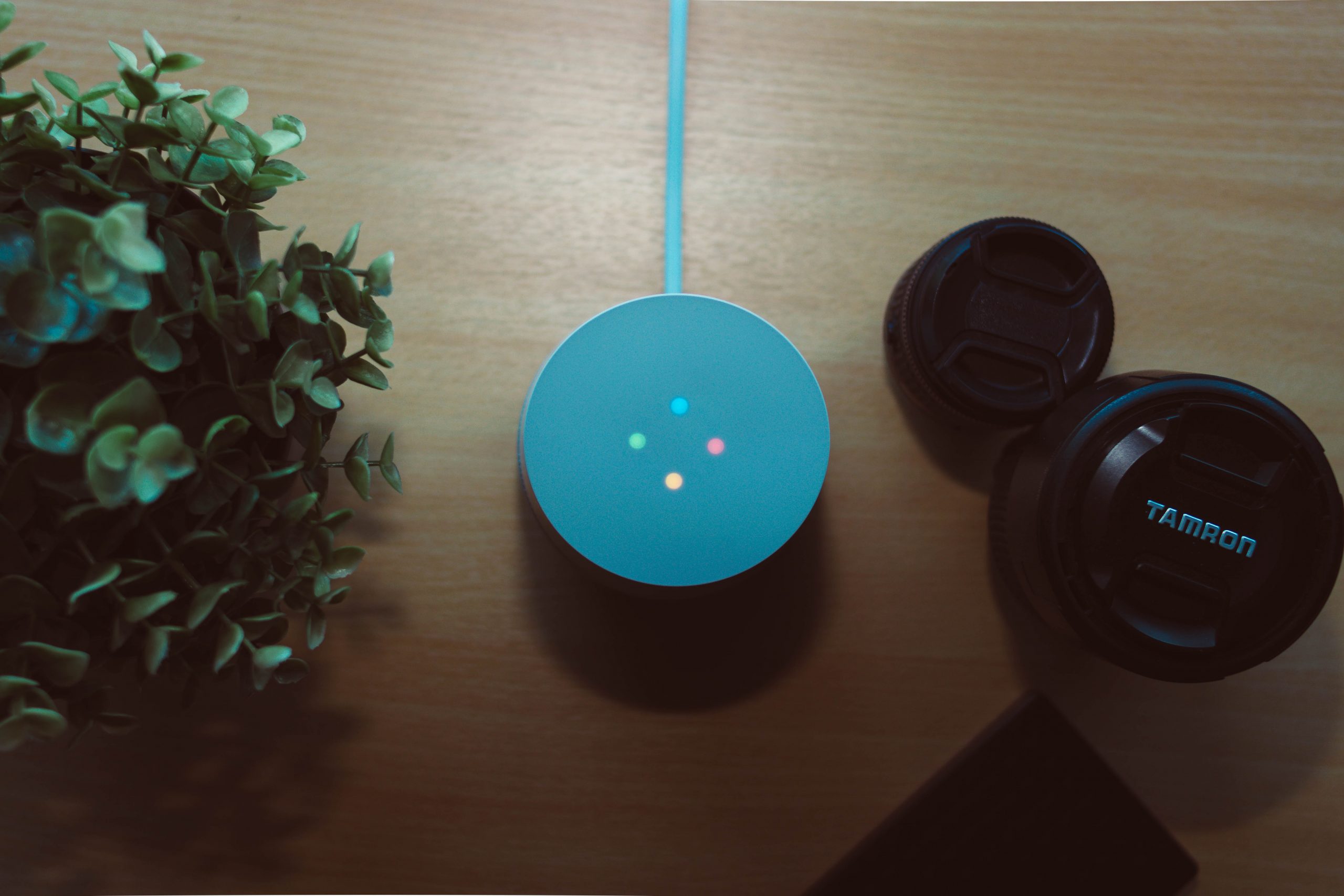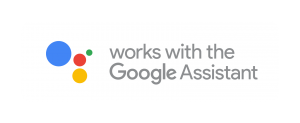

The audio interface of the LIA Catalog
As data show, in recent years the use of voice assistants and the consumption of products and services related to the voice has grown significantly. People with reading difficulties (people with visual disabilities, or with a specific learning disability, and in particular dyslexics) benefit significantly from the presence of services related to the voice, as they make it easier to browse online, search for specific contents and interact with them.
Our developers have therefore designed an audio interface that allows to interact with the voice with the LIA’s accessible e-book catalog: www.libriitalianiaccessibili.it. The LIA catalog today consists of more than 24,000 e-books (from over 76 Italian publishing brands) certified as accessible and is a reference point in Italy for the blind and visually impaired.
The idea was born from the suggestion of some of the visually impaired accessibility experts who collaborate with LIA: why not allow users to browse the catalog of accessible e-books also through the use of the voice, and in particular with smart speakers? We therefore developed a user interface that allows interaction through Google Home and Alexa.
Now it is possible to go to the discovery of the numerous titles of the catalog also by doing specific searches with the voice. A way of browsing the catalog that is certainly useful for those with a visual disability, and which goes hand in hand with the traditional navigation of the site through the use of assistive technologies.
The development phases of the interface
Alongside the obvious opportunities associated with a service of this type, there were also challenges and difficulties, especially in the design phase. To better understand how to offer a user-friendly service, the first challenge for our developers was to try to wear the user’s shoes, to anticipate their needs and requirements.
First of all, the work focused on creating a welcome message for the the users, explaining briefly what they can ask the voice assistant. But from that initial point the challenges multiply, and it becomes necessary to guide the user in his research, in a step-by-step interaction that includes possible actions. During the design and final testing phase of the interface, people with visual disabilities were also involved to study the user’s behavior and habits and develop concrete solutions.
Those who land on the LIA catalog can now query the database in different ways. In fact, different types of queries have been provided, which allow to “browse” the catalog by voice, discovering its titles, with some simple questions, such as:
- what are the new titles of a publishing house;
- whether a particular title is accessible;
- what are all the titles in the catalog of an author;
- what are the latest releases divided by categories or genres;
- what are the titles in the top ten.



